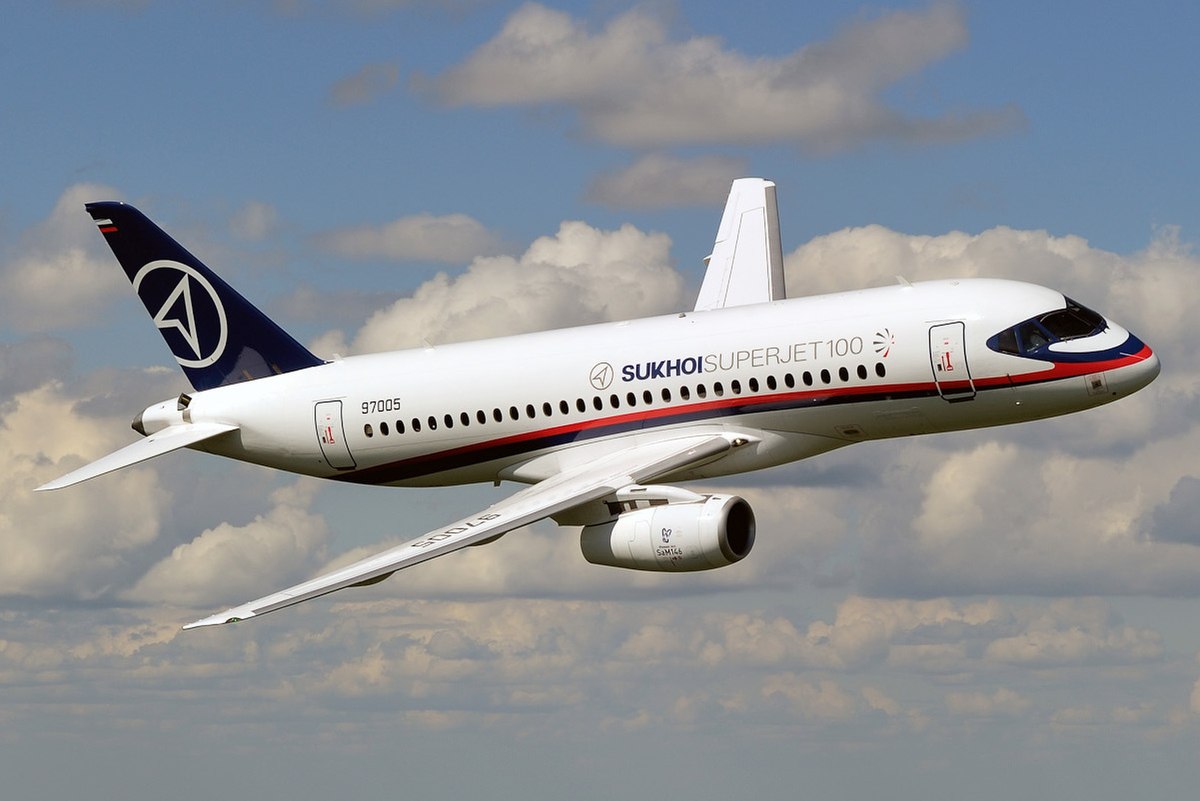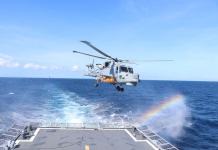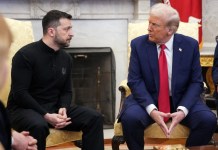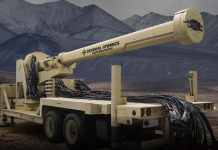HAL, India’s state-owned aeronautics company, revealed it had inked a pact with UAC, a Russian aircraft firm under U.S. and European sanctions, to develop SJ-100 in India.
India’s Defence Minister Rajnath Singh shared on X that this represents a pivotal advancement for the nation’s civil aviation industry, promising job opportunities and greater self-sufficiency.
The United States and some other Western partners have previously criticised India’s policy towards Russia since it invaded Ukraine in 2022, demanding that Delhi comply with their sanctions against Moscow.
India, in turn, has said it does not support unilateral sanctions.
Under the aircraft deal inked in Moscow, HAL will partner with the Russian United Aircraft Corporation to produce the SJ-100 twin-engine, narrow-body plane for domestic customers.
HAL said in a social media post that it would be “the first instance wherein a complete passenger aircraft will be produced in India”.
Both HAL and Singh called it a “game-changer for short-haul connectivity”.
United Aircraft Corporation (UAC) has faced heavy Western sanctions. The sanctions’ roots trace to July 2014, when the European Union and United States imposed initial sectoral penalties following Crimea’s annexation.
These focused on Russia’s defense industry, including export bans on military aircraft and dual-use technologies, indirectly affecting UAC’s subsidiaries, such as Sukhoi and MiG, which produce fighters like the Su-35.
However, UAC’s civilian arm, including the Superjet 100, initially escaped direct civilian export curbs, allowing limited Western partnerships. The full-scale invasion of Ukraine in February 2022 triggered a seismic shift.
On March 15, 2022, the EU formally designated UAC under its Ukraine sanctions regime, citing its control over 100% of Russia’s military aircraft production—jets actively deployed in the conflict.

Measures included asset freezes across EU member states, prohibitions on financial dealings, and travel bans for executives, effectively isolating UAC from European markets and suppliers.
The U.S. followed suit on June 28, 2022, when the Treasury Department added UAC to its Specially Designated Nationals (SDN) list as a Rostec subsidiary, blocking all U.S. persons from engaging in transactions with UAC and imposing secondary sanctions on foreign enablers.
This encompassed export controls on critical components such as engines and avionics, crippling UAC’s access to Boeing- and Airbus-sourced technology.
The United Kingdom aligned in 2022 under its post-Brexit Russia sanctions framework, mirroring EU asset freezes and trade bans. Subsequent tightenings, such as the EU’s June 2024 aviation package with Japan, banned leasing and parts sales to Russian carriers, further strangling UAC’s civilian fleet maintenance.
These bans have grounded swaths of Russia’s air force and commercial aviation, forcing reliance on aging Soviet-era stockpiles and Chinese alternatives.
Production of models like the MC-21 has stalled without Western composites, underscoring sanctions’ bite: a once-ambitious aerospace powerhouse now grapples with technological isolation and billions in lost revenue.
With AFP Inputs




